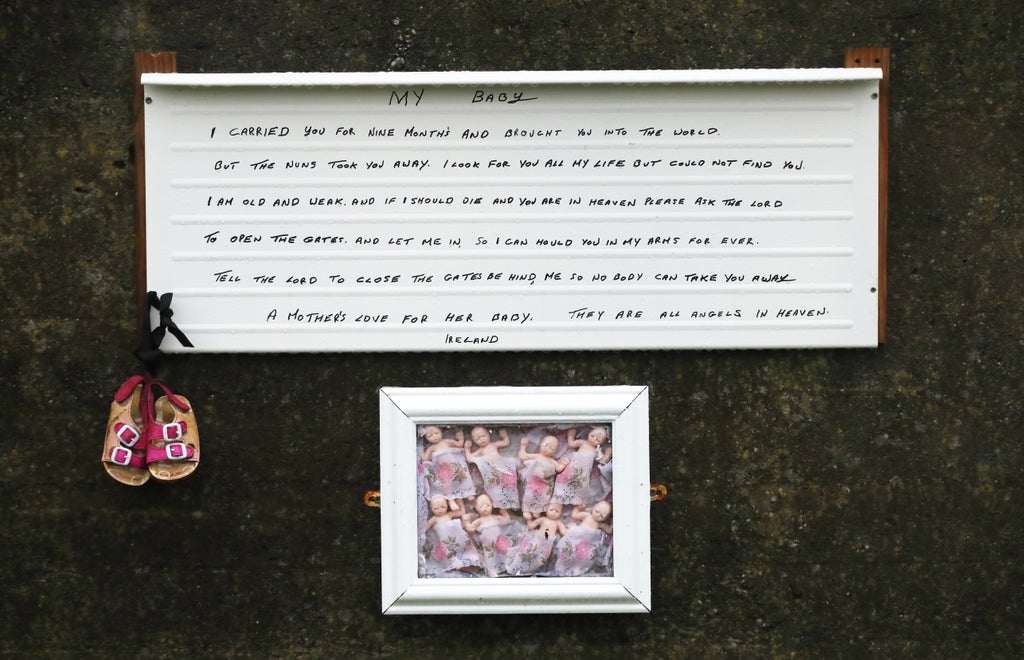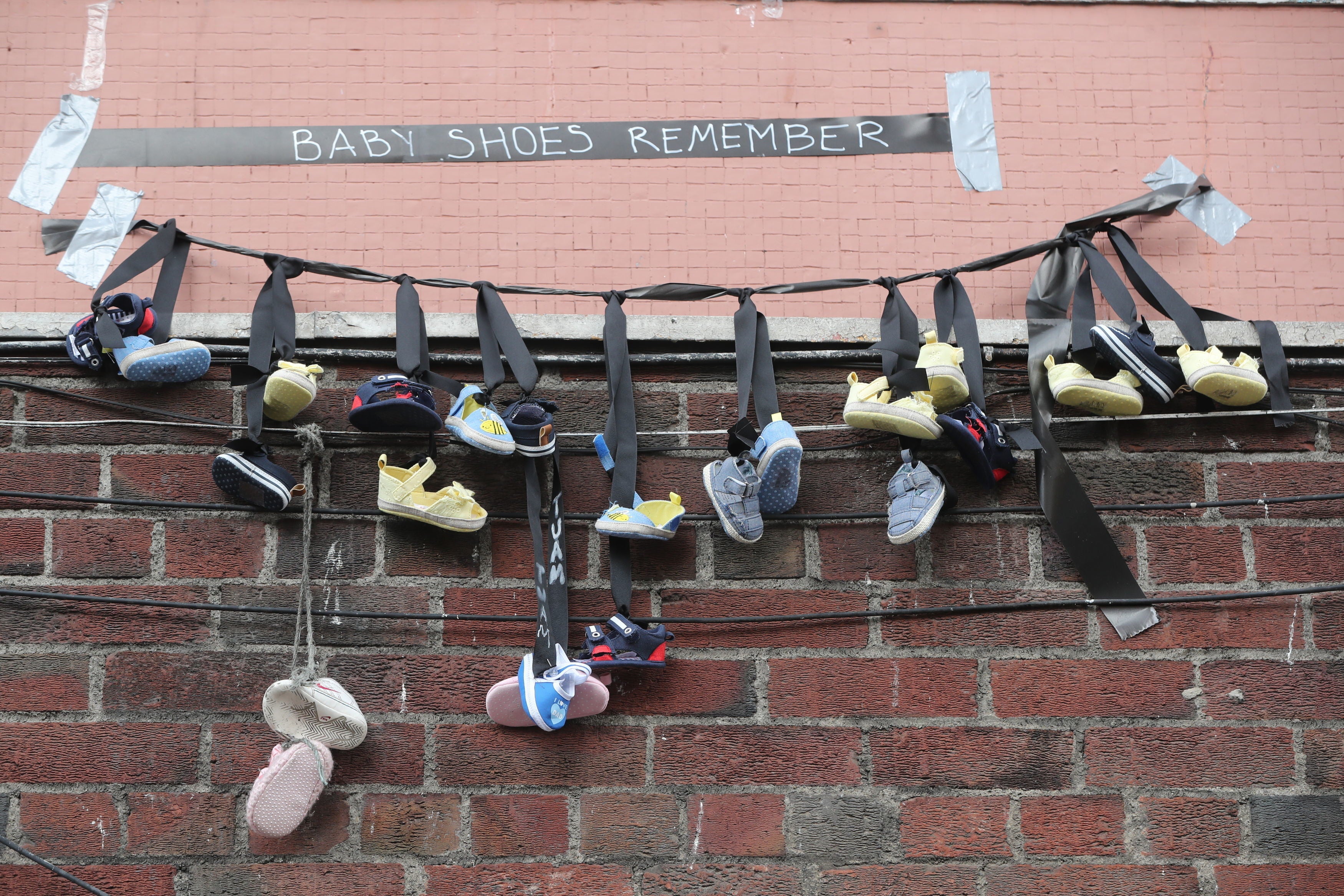
Work at the site of the notorious Tuam mother and baby home could begin by the end of the year, as a new Bill to allow the exhumation and identification of bodies at such institutions enters the Irish parliament.
The Irish Government on Tuesday gave its backing to a long-awaited Bill it promised would deliver “dignity” to children buried at the site of the former mother and baby home.
However, it has been warned that the project will be of unprecedented complexity and it remains unclear how long such work might take.
Work by historian and campaigner, Catherine Corless, revealed that 796 babies and young children had died and been “indecently buried in a defunct sewage system” at the Co Galway home between 1925 and 1961.
This will be one of the most complex, forensic-excavation-in-recovery efforts ever undertaken, not only in Ireland, but anywhere in the world
Minister for Children and Equality, Roderic O’Gorman, who published the proposed legislation on Tuesday, said that he hoped that work to finally begin exhumation and identification work might begin either at the end of this year or the start of next year.
Campaigners and families have long expressed deep concerns about the delay in publishing the Bill, while worries have also been raised about possible deterioration of the remains at the site, making the identification process even more difficult.
Mr O’Gorman said that what happened at Tuam “is a stain on our national conscience”.
“The uniquely tragic nature of the Tuam means that legislation is required to undertake this work.
“This will be one of the most complex, forensic-excavation-in-recovery efforts ever undertaken, not only in Ireland, but anywhere in the world.
“It will encompass a DNA identification process on the scale never done before in Ireland.
“The legislation we are announcing today gives us the best possible chance of recovering remains from the site and re-uniting them with their loved ones,” he said.

The Government has said that the new legislation will provide a legal basis for a forensic excavation, recovery and analysis of remains.
It will also permit DNA identification of remains and begin the process of giving child victims a dignified burial.
Mr O’Gorman said that the process would follow “international standards” and did not rule out experts from beyond Ireland being appointed to help lead the project.
He said that changes to the Bill had been made after listening to the concerns from family representatives.
The minister said that any restriction on the jurisdiction of the coroner has been removed, while a new advisory board will be chaired by a former coroner, or someone with similar experience, as well as scientific experts, family members and former mother and baby home residents.
The identification process has also been expanded to allow grandparents, aunts, nephews and nieces, the minister said.
Mr O’Gorman insisted that while the legislation will allow work to start at Tuam, it is not specific to any single mother and baby home site.
“We can finally get some dignity back to these children. This is the central reason behind this legislation,” he said.
The minister said that he did not “underestimate the scientific challenges” involved.
“This is difficult language but in many situations, we are reassembling skeletons of incredibly delicate bones of infants and children. But this legislation requires that to be done, and that then gives us the best chance in terms of the next step, which is the DNA processes.
“We designed this Bill to provide every chance of identification, both in terms of the forensic approach that must be taken, to their actual recovery from the site.
“I am really conscious of the delay of the five years since the initial investigation work took place.”
The legislation will come before the Dail next week, with the Government hoping that it could be enacted by the end of the year.







